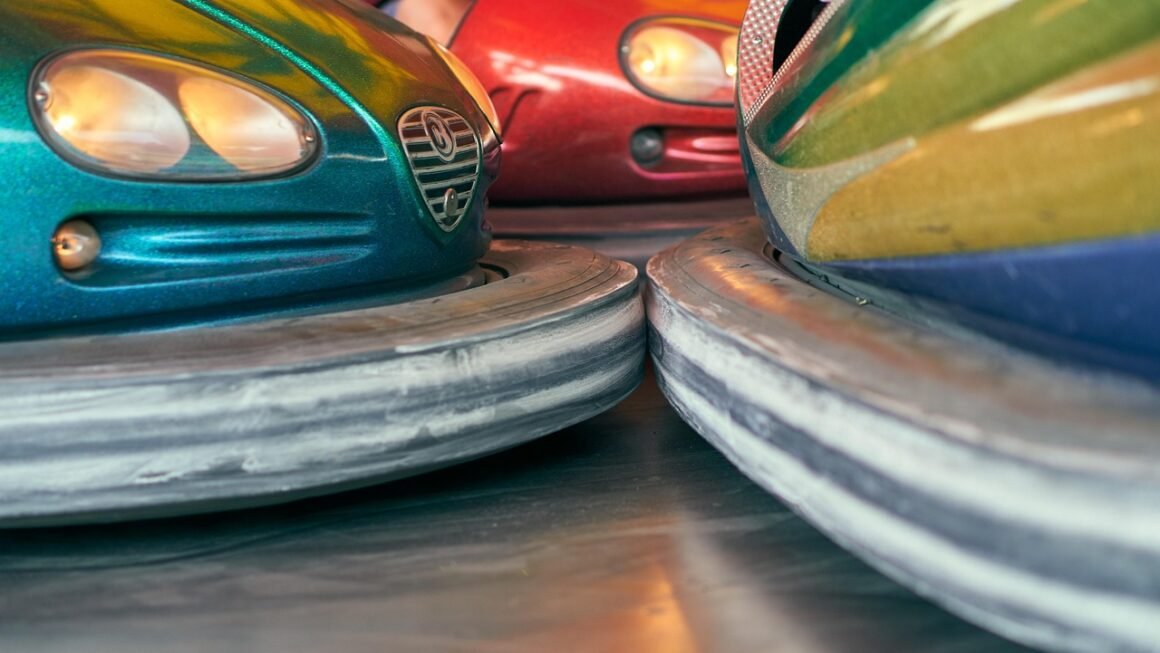The art of visual storytelling in film hinges on a single, powerful element: cinematography. More than just pointing a camera, it’s the deliberate and artistic process of crafting visuals that enhance the narrative, evoke emotions, and immerse the audience in the world of the film. Understanding cinematography means understanding the language of cinema, the nuances of light and shadow, and the power of composition to tell a story without words.
What is Cinematography?
Defining the Role of the Cinematographer
Cinematography, at its core, is the art and technique of motion-picture photography. The cinematographer, also known as the Director of Photography (DP), is the head of the camera and lighting departments. They collaborate closely with the director to translate the script’s vision into a visual reality. Their responsibilities encompass:
- Camera selection and operation: Choosing the appropriate camera and lenses to achieve the desired look.
- Lighting design: Creating the mood and atmosphere through strategic lighting.
- Composition and framing: Arranging elements within the frame to guide the viewer’s eye and convey meaning.
- Camera movement: Using different camera movements (e.g., panning, tilting, dollying) to enhance the story.
- Exposure and color: Controlling the brightness and color of the image.
- Collaboration: Working with other departments like production design, costume design, and visual effects to maintain a cohesive visual style.
The Difference Between Cinematography and Videography
While both cinematography and videography involve capturing moving images, their purposes and applications differ. Videography often focuses on documenting events, creating promotional content, or capturing personal memories. Cinematography, on the other hand, is fundamentally about artistic expression and narrative storytelling.
Think of it this way: a videographer might record a wedding, while a cinematographer would create a visually stunning wedding scene for a movie, carefully controlling every aspect of the image. The key difference lies in the level of artistic intent and control applied to the filmmaking process.
The Key Elements of Cinematography
Lighting: Painting with Light
Lighting is arguably the most crucial element of cinematography. It shapes the mood, reveals texture, and guides the viewer’s eye. Consider these lighting techniques:
- Three-point lighting: A standard technique using a key light (main source), fill light (to soften shadows), and backlight (to separate the subject from the background).
- High-key lighting: Uses bright, even illumination to create an upbeat and optimistic mood (common in comedies and sitcoms).
- Low-key lighting: Relies on shadows and contrast to create a dramatic and suspenseful atmosphere (often used in thrillers and film noir).
- Practical Lighting: Using in-scene light sources, such as lamps or streetlights, to illuminate the scene. This adds realism and depth to the visual aesthetic.
- Example: The use of low-key lighting in films like The Godfather dramatically enhances the sense of darkness, power, and impending danger.
Composition: Arranging the Visual Elements
Composition refers to the arrangement of elements within the frame. It influences how the audience perceives the scene and where their attention is drawn. Important compositional techniques include:
- Rule of Thirds: Dividing the frame into nine equal parts and placing key elements along the lines or at their intersections. This creates a more dynamic and visually appealing composition.
- Leading Lines: Using lines (e.g., roads, rivers, fences) to guide the viewer’s eye towards the subject.
- Framing: Using elements within the scene (e.g., doorways, windows, trees) to frame the subject and draw attention to them.
- Headroom and Lookspace: The amount of space above the subject’s head (headroom) and in the direction they are looking (lookspace). These elements contribute to the overall balance and feel of the shot.
- Example: Stanley Kubrick masterfully uses symmetry and precise framing in films like 2001: A Space Odyssey to create a sense of order, control, and the vastness of space.
Camera Movement: Adding Dynamics to the Scene
Camera movement can add energy, reveal information, or follow the action. Common camera movements include:
- Pan: Horizontal movement of the camera on a fixed axis.
- Tilt: Vertical movement of the camera on a fixed axis.
- Dolly: Moving the entire camera forward or backward on a track.
- Truck: Moving the entire camera left or right on a track.
- Crane Shot: Lifting the camera up or down using a crane.
- Steadicam Shot: Using a stabilizing device to create smooth, handheld camera movements.
- Example: The iconic tracking shot in Goodfellas, where the camera follows Henry Hill through the Copacabana nightclub, immerses the viewer in the character’s experience and conveys a sense of power and belonging.
Cinematography Techniques and Styles
Film Noir Cinematography
Film noir, a genre characterized by its dark and gritty atmosphere, employs specific cinematic techniques to convey a sense of mystery, danger, and moral ambiguity.
- High contrast lighting: Strong contrasts between light and shadow, often using Venetian blind patterns.
- Obscured faces: Characters often partially hidden in shadow.
- Unusual camera angles: Tilts and low angles to create a sense of unease.
Documentary Cinematography
Documentary cinematography aims to capture reality authentically, often requiring adaptability and resourcefulness.
- Observational style: Minimizing interference and allowing events to unfold naturally.
- Handheld camera work: Creates a sense of immediacy and realism.
- Available light: Often relying on natural or existing light sources.
Color Grading: The Final Touch
Color grading is the process of adjusting the color and tone of a film to create a specific mood or enhance the overall visual aesthetic. It’s a critical step in post-production that can significantly impact the look and feel of the film. Color grading can:
- Enhance or subdue colors: Create a vibrant, saturated look or a more muted, desaturated look.
- Adjust contrast and brightness: Improve the overall image quality and create a more dramatic or subtle effect.
- Create a specific mood: Use color to evoke emotions like happiness, sadness, or suspense.
- Match shots: Ensure consistency in color and tone across different shots.
The Impact of Cinematography on Storytelling
Cinematography is not merely about aesthetics; it’s a powerful storytelling tool. It can:
- Establish the mood and atmosphere: Through lighting, color, and composition.
- Reveal character emotions and motivations: Through close-ups, body language, and lighting choices.
- Guide the audience’s attention: Through composition and camera movement.
- Create a sense of immersion: By placing the viewer in the world of the film.
- Enhance the narrative: By visually representing themes and ideas.
- Example: The use of desaturated colors and long, static shots in films like Manchester by the Sea reinforces the themes of grief, isolation, and emotional stagnation.
Conclusion
Cinematography is a vital and multifaceted art form that profoundly impacts how we experience film. Understanding its principles and techniques allows us to appreciate the visual language of cinema and recognize the artistry behind the images we see on screen. From lighting and composition to camera movement and color grading, every element of cinematography contributes to the overall storytelling process, creating a richer, more immersive, and emotionally resonant cinematic experience. Mastering cinematography is key to creating compelling visual narratives, and through constant learning and practice, anyone can begin to wield its powerful tools.


